Ultraviolet, X-Ray and Gamma Astronomy
13.33 - Understand how gamma ray, x-ray and ultraviolet astronomy have been important in the discovery of gamma ray bursts, black hole accretion discs and the corona and chromosphere structure of young starsUltraviolet Astronomy
Ultraviolet observation lets us study the chemical make-up and temperature of stars and lets us see stars at different stages of their evolution. Ultraviolet radiation is the signature of hotter objects, typically in the early and late stages of their evolution. The Sun is observed in ultraviolet by space platforms such as SDO and SOHO observatories where the corona and chromosphere can be studied in detail.
SOHO (Solar and Heliospheric Observatory) constantly monitors the Sun and is in a stable position at the Earth-Sun L1 point.
X-Ray Astronomy
X-Rays are produced by hotter objects outside of the visual band of the electromagnetic spectrum. Black holes gather matter in an accretion disc. The effect of fast-moving particles under strong gravitational forces that surround a black hole can be observed in the x-ray part of the spectrum.
Earth's atmosphere blocks gamma and x-rays and most ultraviolet light. These sit on the shorter wavelength and hotter part of the electromagnetic spectrum. To observe objects in these parts of the spectrum observing must be done above earth's atmosphere.
Gamma Ray Astronomy
The Neil Gehrels Swift Observatory has operated since 2004 and recorded over 1,000 gamma ray bursts. These are powerful explosions observed in distant galaxies and are the brightest electromagnetic events in the universe. They are thought to form during a supernova when a high mass star collapses to a neutron star or black hole. Most bursts last a fraction of a second so although they can be detected, capturing the unpredictable moment they occur is difficult. Swift was able to view the afterglow of many in UV and X-Ray.
Did you know?
SOHO (Solar and Heliospheric Observatory) constantly monitors the Sun and is in a stable position at the Earth-Sun L1 point.
Links
- Chromoscope See the Milkyway in different frequencies
- NASA Science Ultraviolet Wave
- Cambridge X-Ray Astronomy An Introduction to X-ray Astronomy
- Imagine the Universe Gamma Ray Astronomy
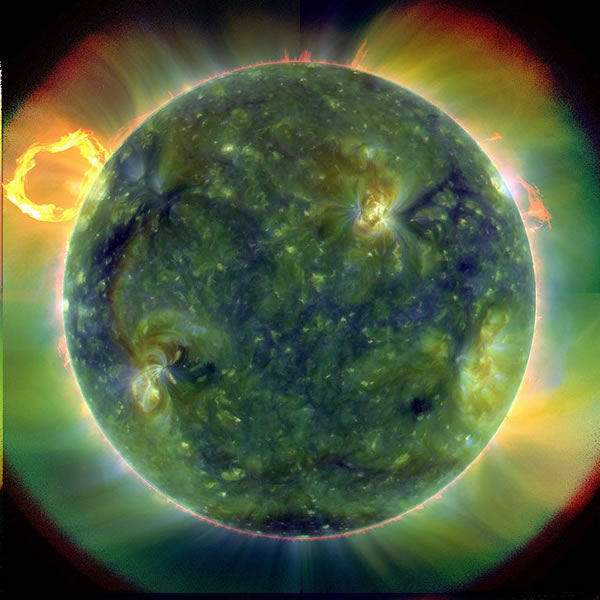

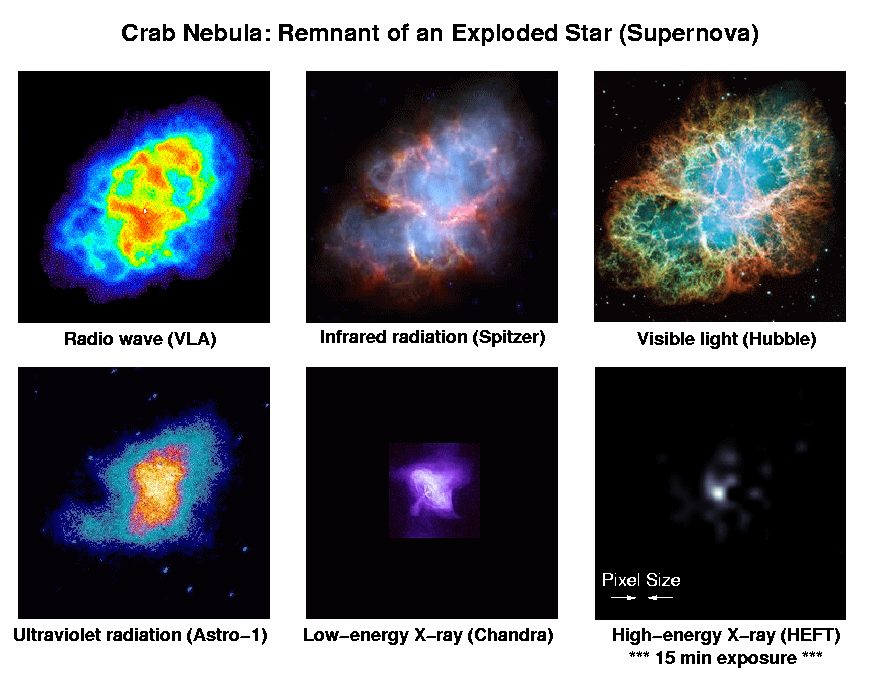

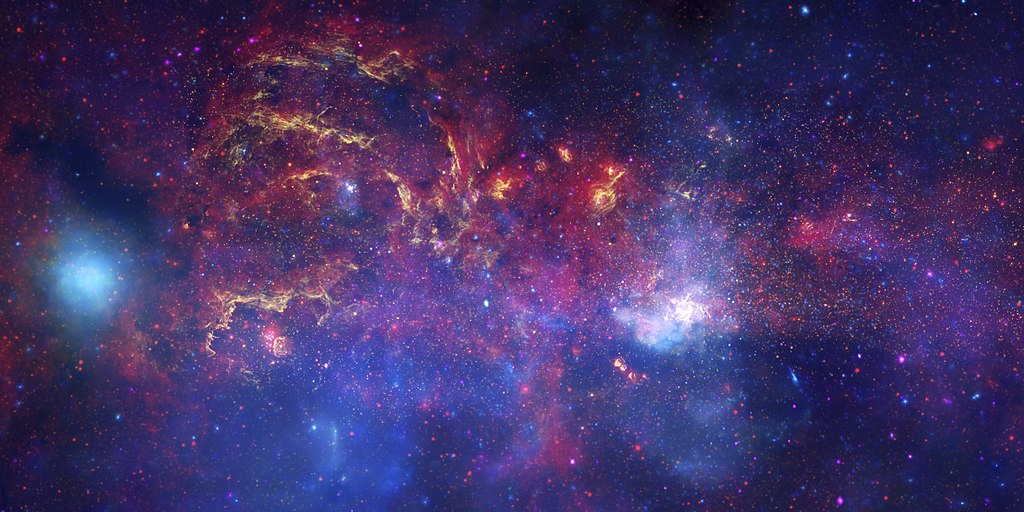
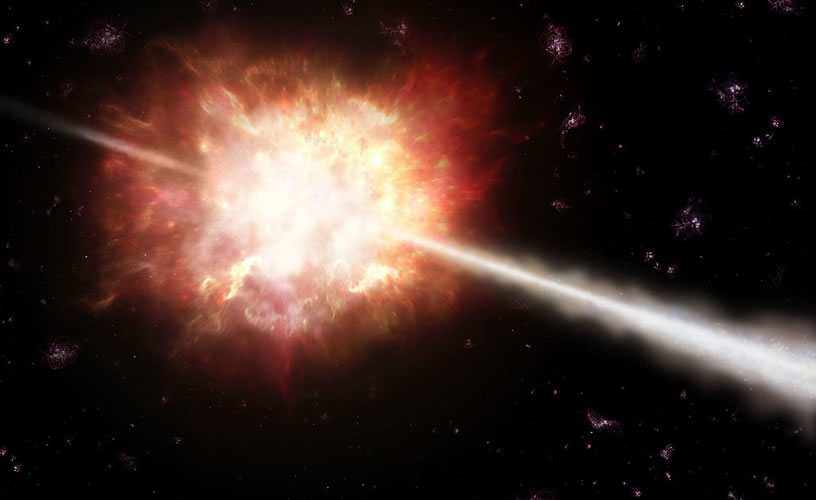
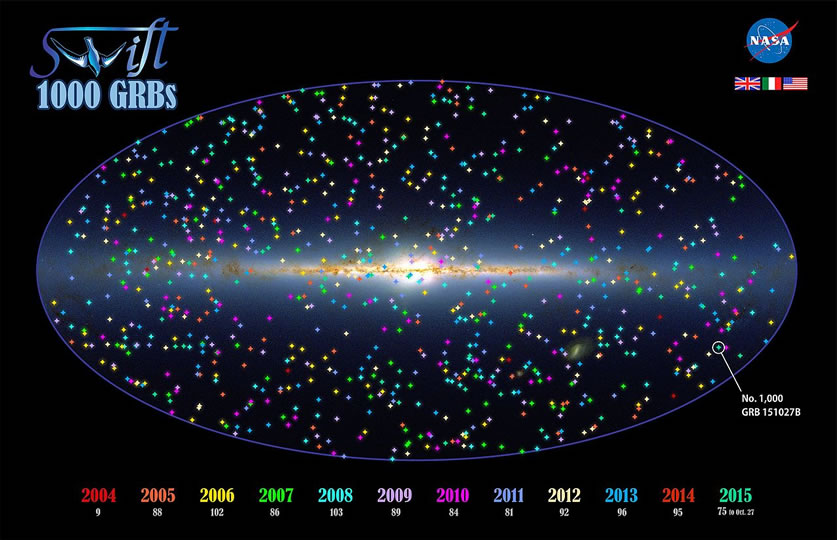
 | © All Rights Reserved |
| © All Rights Reserved |